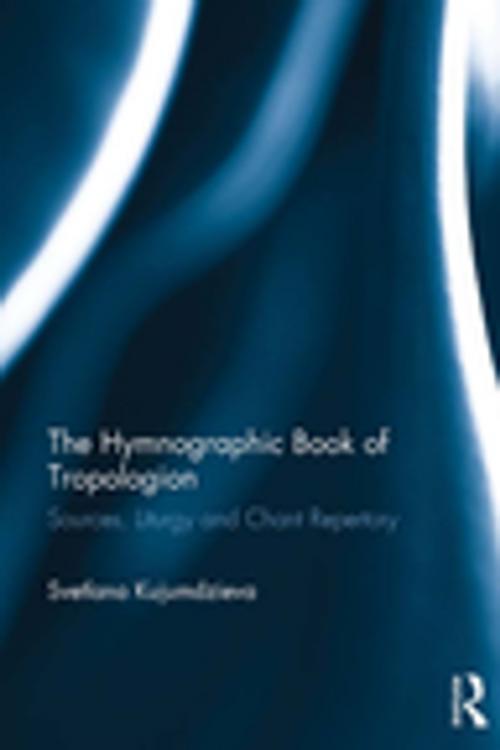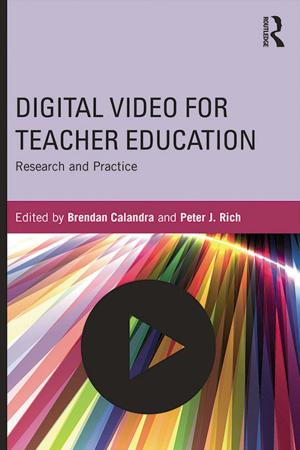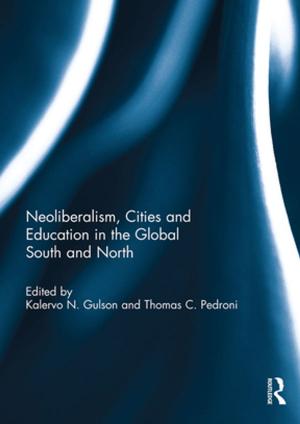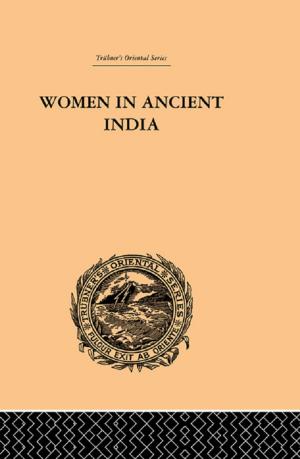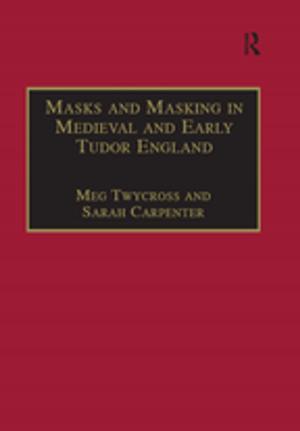| Author: | Svetlana Kujumdzieva | ISBN: | 9781351581837 |
| Publisher: | Taylor and Francis | Publication: | November 8, 2017 |
| Imprint: | Routledge | Language: | English |
| Author: | Svetlana Kujumdzieva |
| ISBN: | 9781351581837 |
| Publisher: | Taylor and Francis |
| Publication: | November 8, 2017 |
| Imprint: | Routledge |
| Language: | English |
The Tropologion is considered the earliest known extant chant book from the early Christian world which was in use until the twelfth century. The study of this book is still in its infancy. It has generally been believed that the book has survived in Georgian translation under the name ‘ladgari’ but similar books have been discovered in Greek, Syriac and Armenian. All the copies clearly show that the spread and the use of the book were much greater than we had previously assumed and the Georgian ladgari is only one of its many versions.
The study of these issues unquestionably confirms the earliest stage of the compilation of the book, in Jerusalem or its environs, and shows its uninterrupted development from Jerusalem to the Stoudios monastery, the most important monastery of Constantinople. Over time many new pieces and new authors were added to the Tropologion. It is almost certain that it was the Stoudios school of poet-composers that divided the content of the Tropologion and compiled separate collections of books, each one containing a major liturgical cycle. In the beginning all of the volumes kept the old title but in the tenth century the copies of the book were renamed, probably according to the liturgical repertory included, and by the thirteenth century the title ‘Tropologion’ is no longer found in the Greek sources as it became superfluous, and fell out of use.
The Tropologion is considered the earliest known extant chant book from the early Christian world which was in use until the twelfth century. The study of this book is still in its infancy. It has generally been believed that the book has survived in Georgian translation under the name ‘ladgari’ but similar books have been discovered in Greek, Syriac and Armenian. All the copies clearly show that the spread and the use of the book were much greater than we had previously assumed and the Georgian ladgari is only one of its many versions.
The study of these issues unquestionably confirms the earliest stage of the compilation of the book, in Jerusalem or its environs, and shows its uninterrupted development from Jerusalem to the Stoudios monastery, the most important monastery of Constantinople. Over time many new pieces and new authors were added to the Tropologion. It is almost certain that it was the Stoudios school of poet-composers that divided the content of the Tropologion and compiled separate collections of books, each one containing a major liturgical cycle. In the beginning all of the volumes kept the old title but in the tenth century the copies of the book were renamed, probably according to the liturgical repertory included, and by the thirteenth century the title ‘Tropologion’ is no longer found in the Greek sources as it became superfluous, and fell out of use.
